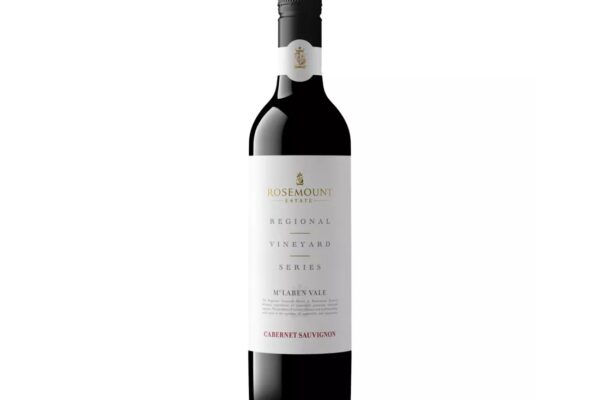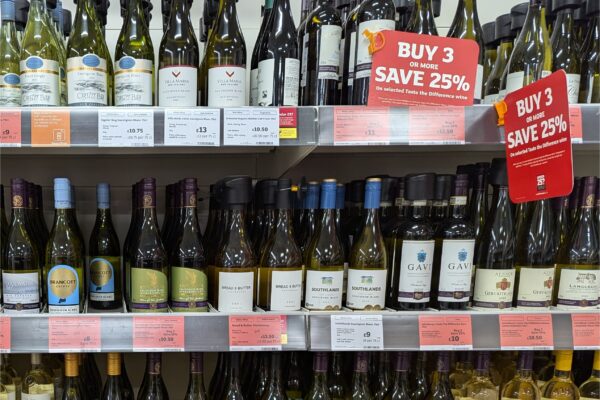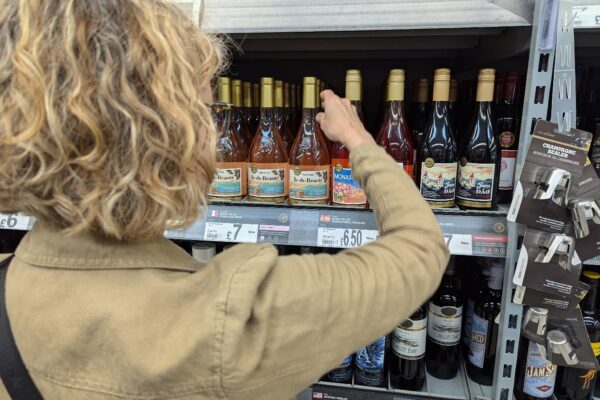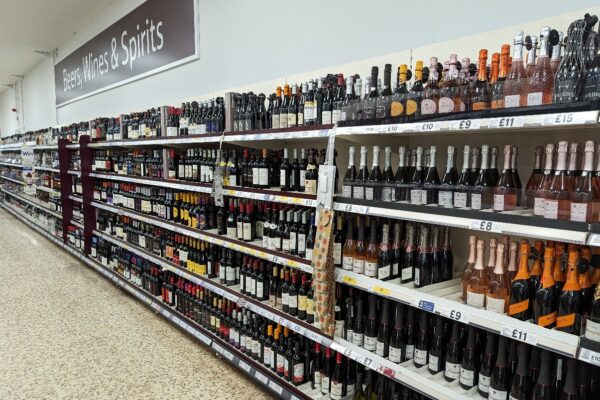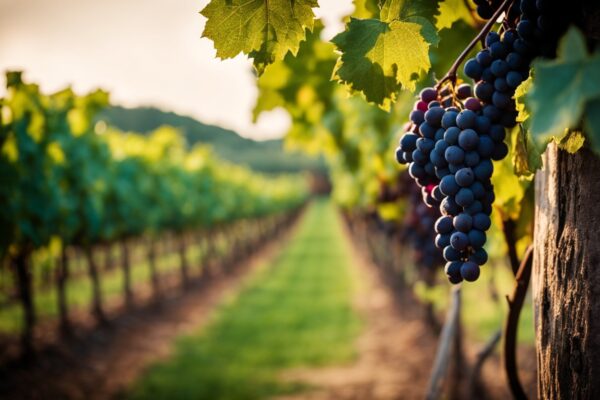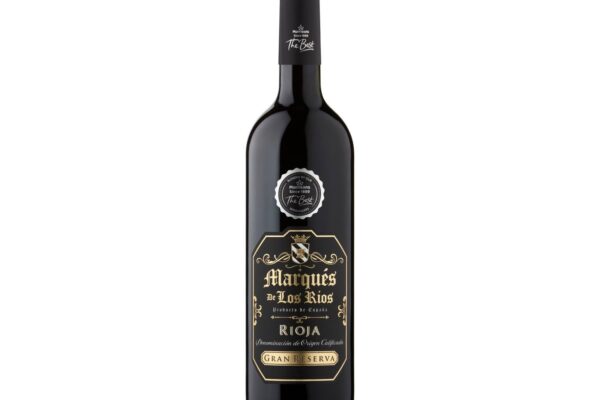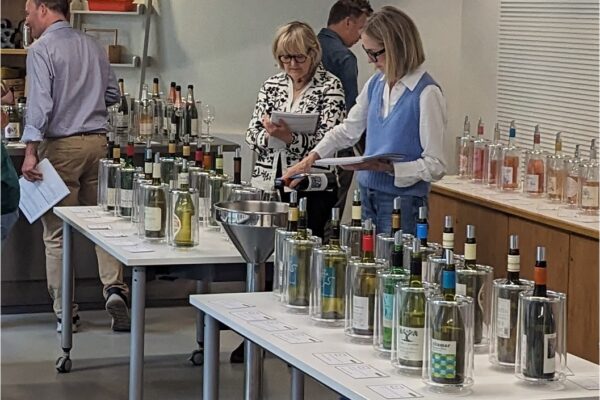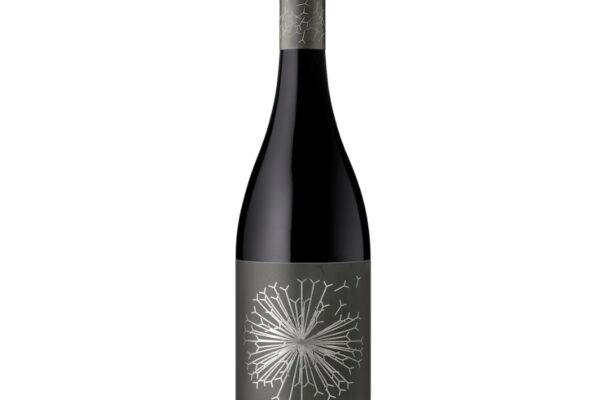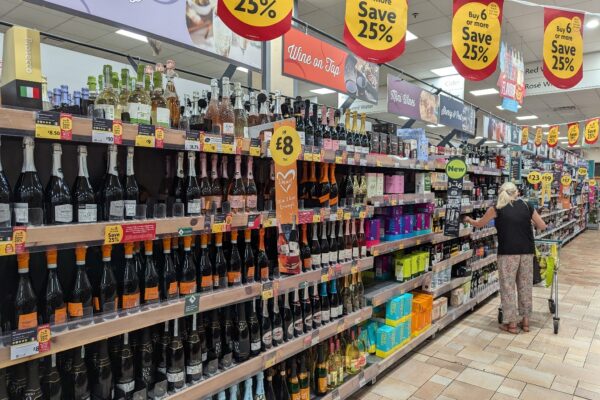
A new report from the EU, ‘EU Agricultural Outlook 2023 – 2035’ discusses the ongoing decline in EU wine consumption, a trend attributed to increased health awareness, changing preferences among younger consumers and competition from other beverages. This decline, particularly notable in red wines, varies across EU countries due to cultural and social factors. The consumption is expected to decrease by about 1% annually until 2035. The demand for non-alcoholic, low-alcohol, white, rosé and sparkling wines is anticipated to rise, partially offsetting the overall decline.
EU wine production is projected to decrease in response to the falling consumption, with domestic use being the primary market for EU wine. The sector faces challenges like extreme weather conditions, reduced pesticide use and potential irrigation restrictions, which could impact yields and the area used for wine production.

Regarding EU wine exports, although they have reached record levels, growth is expected to be limited due to saturation in traditional markets and increasing competition. The EU may continue to see benefits from exporting premium quality and sparkling wines, which could help maintain the value of wine exports despite reduced volumes. The decline in domestic consumption is also expected to lead to a decrease in wine imports.






